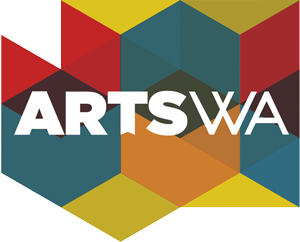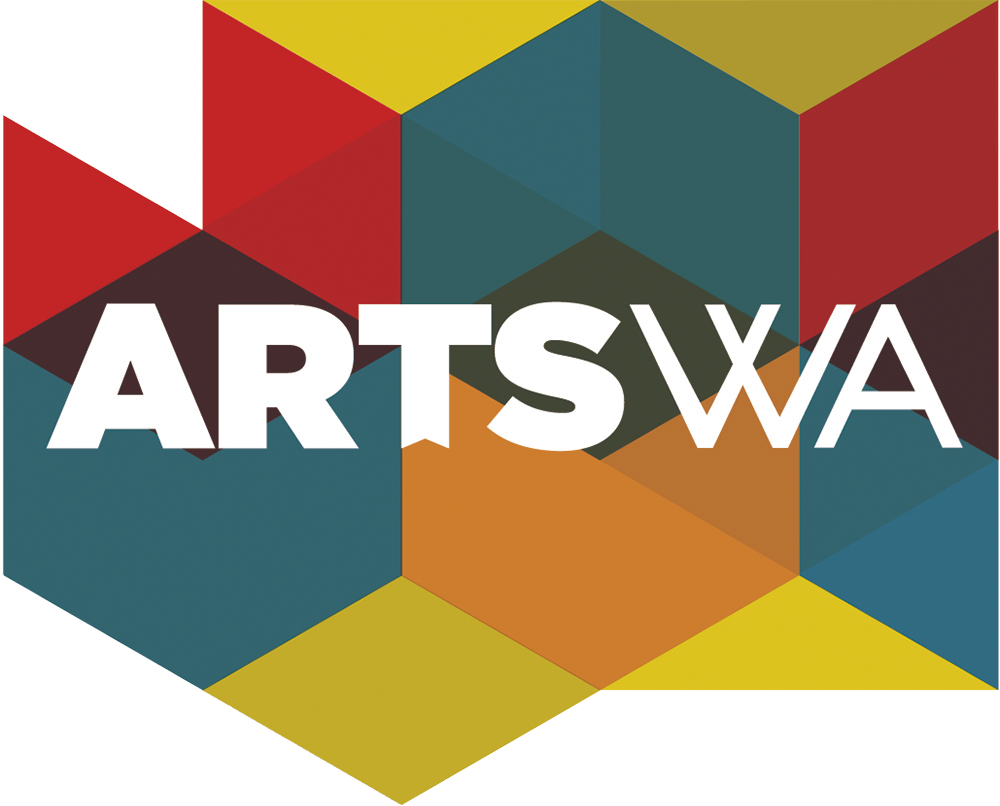A Translated Thought, 1991
Raymond Holbert
(American, born 1945)
Location: Coupeville Elementary School, Coupeville
ABOUT THE ARTWORK
Artist Raymond Holbert created the drawing A Translated Thought as part of a series of drawings that depict the way our minds create thoughts. It is an example of the artist's body of collaged drawings featuring bright colors composed on dark gray paper. Describing the concept of this series, Holbert notes "we have the ability to think visually so I devised some imaginary visions about how the inner workings of the mind might look during certain thoughts."
This artwork was acquired for the State Art Collection in partnership with Coupeville School District.
ABOUT THE ARTIST
Raymond Holbert creates mixed media artworks that combine drawing, collage, photography, illustration, and more. His subject matter ranges from a fascination with medicine, science and leisure, to current public dilemmas. Journaling is an important part of his everyday process. He sums it up as “I believe that art is a process that is not part time.” Holbert is a Bay Area artist who is African American.
Holbert was born in Berkeley, California, and received a Bachelor of Arts, Master of Arts, and Master of Fine Arts from the University of California, Berkeley. He taught art and design and is Professor Emeritus at City College of San Francisco (formerly San Francisco Community College). He is also a consultant of African American art and art history.
ARTWORK DETAILS
| Material Category | Work on paper - drawing |
| Medium | Colored pencil, crayon, and stamps |
| Dimensions | 28 in x 22 in |
| ID Number | WSAC1993.040.000 |
| Acquisition Method | Direct purchase |
| Artist Location | California, United States |
Location Information
| Agency | Coupeville School District |
| Artwork Location | Coupeville Elementary School Conference room, Near teachers lounge |
| WA County | Island |
| Placement | Interior |
| Site Type | Public School |
| Address | 6 South Main St. Coupeville, WA 98239 |
| Geo. Coordinates | 48.211762, -122.687642 |
| Before Visiting | Some artworks may be located in areas not accessible to the general public (especially in K-12 public schools). Consider contacting the site prior to a visit to ensure access. |
| Map |
Related





_edited.jpg)